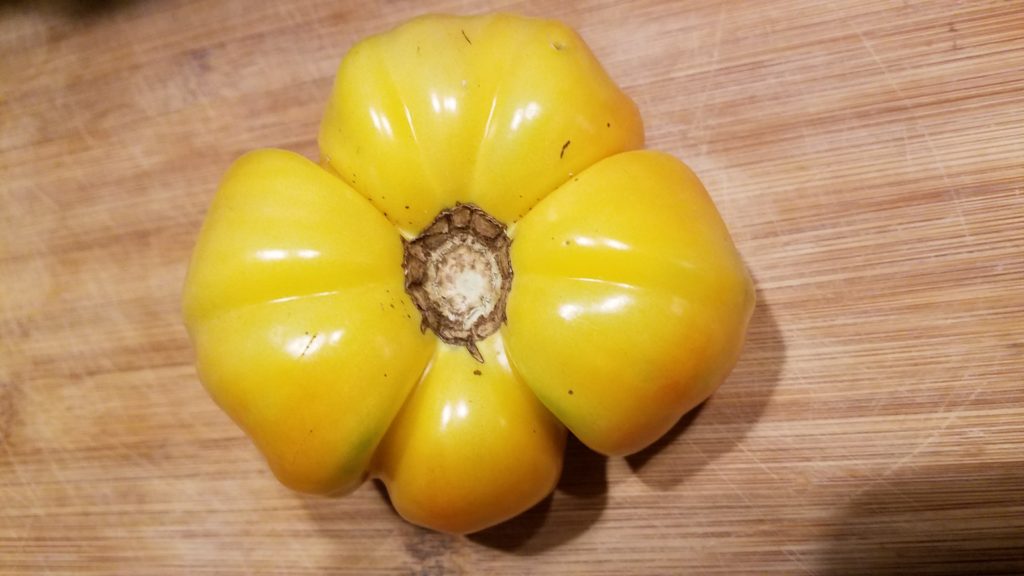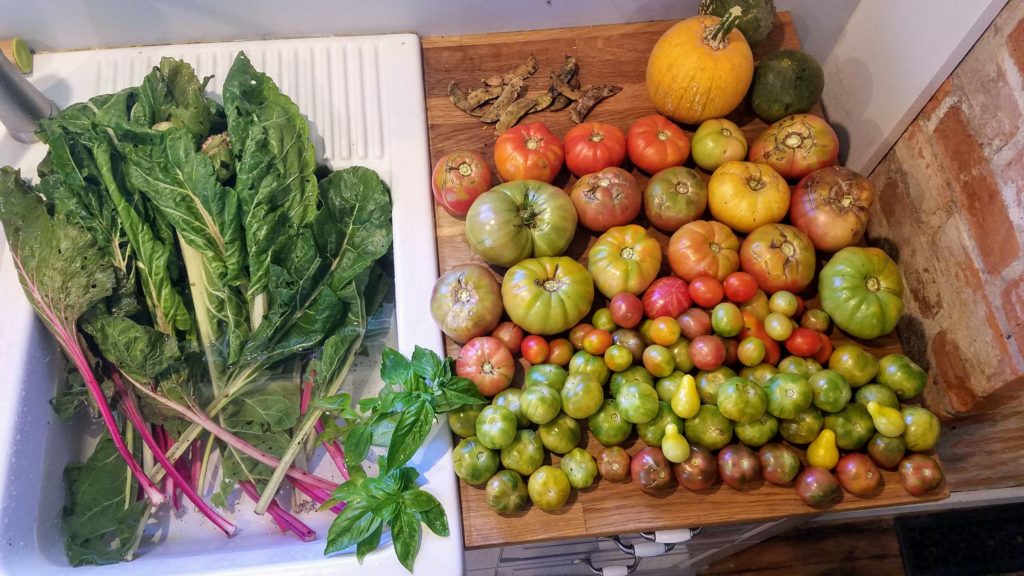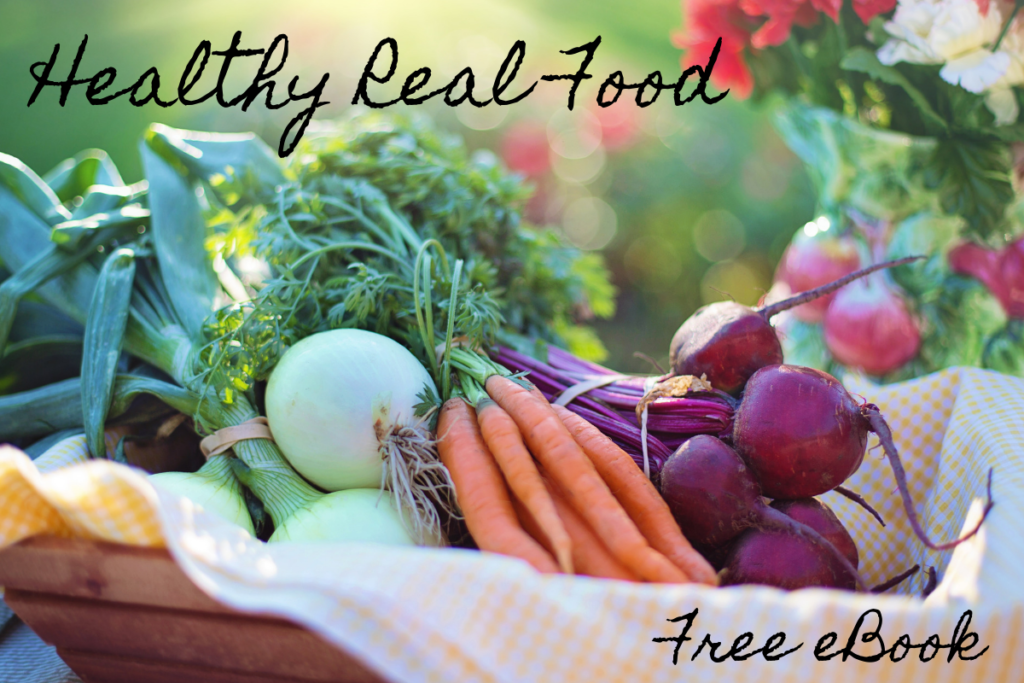Eating food grown locally and in season go hand-in-hand. So, let’s talk about why we consider these two traits as part of a healthy real food diet.
What are the Benefits?
What are some of the benefits of choosing local and in season as part of a healthy real foods menu?
- Buying locally supports the community because it allows you to make connections within your community. And I would guess most of us could benefit by having more and stronger ties to our local community.
- Buying locally supports your neighbors. Being a good neighbor gives your neighbors the opportunity to be good neighbors also.
- Food grown locally and picked in its season will be more nutritious and more flavorful. Nutrition and flavor are probably the two biggest reasons we eat. Am I right?
- Foods picked when they have developed full ripeness, also have more nutrition and flavor. They won’t be making a long trip while ripening or risk going bad.
- Food traveling a long way to you will use unnecessary resources. Fossil fuels can make their way into the soil, where your food is grown, affecting the nutrition and flavor of your food. Being good stewards of what God has provided has a double benefit. Funny how He works like that.
Try Heirlooms
Heirloom varieties found at farmers markets or grown in your own garden don’t necessarily travel well. They also don’t have the pretty uniform shape and color of many store-bought varieties. Though kind of ugly sometimes, they are often the more flavorful varieties and very nutritious.

By choosing the uniform store-bought varieties, we risk losing much of the variety God has provided for our food. There are only a handful of apple varieties available at most grocery stores; a seemingly negligible bit of the many thousands of varieties once grown in this country, each with its own combination of sweet, tart, juicy, dry, firm, spicy flavor.

Monoculture risks not only a loss of variety but also damage to the soil. Farms which grow one type of food over and over, without caring for the soil, sustainably increasing its health, reduce the nutrition of the food grown in that soil. Again, we want the food we eat to not only seem like a healthy vegetable but to in fact be healthy real food. And we can make such a beautiful plate with a colorful variety of tomatoes or carrots or peppers…
Ask Questions
When you purchase locally, you can talk to the person who grew the food and ask questions. How do the varieties they grow compare in flavor or use? Did they grow the food with chemicals? Did they maintain the soil sustainably to keep it healthy? They will know which of their apples are better for pies or fresh eating or sauce…
God provides locally and in season
While not every food can be grown in every locale, varieties are available locally that provide the nutrition of foods grown elsewhere. We can’t grow acai berries or citrus where I live, but we can grow elderberries, blueberries, strawberries… While we can’t grow bananas, we can grow greens, beans, and squash.
Each season has its varieties, even winter. While not much grows in many places during winter, God has provided some foods for winter storage and fresh eating, such as potatoes, carrots, turnips, cabbage, onions, beets and more.
In addition, other foods can be preserved in season by canning, freezing or drying for enjoying throughout the year.
We hope you will consider if there is an option for you to choose some in-season, local food that will provide nutritious and flavorful, healthy real food for your table and your family.
Want My Free eBook?


I think it’s yogurt in the mason jar!
Answer to be revealed later this evening! 🙂
You got it, Becky! Great job!